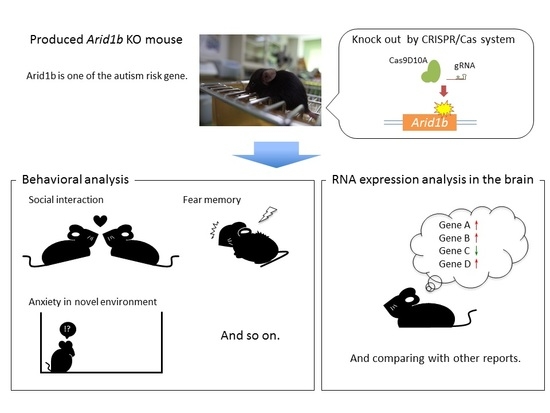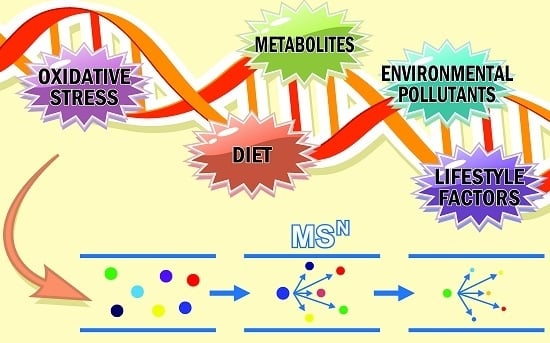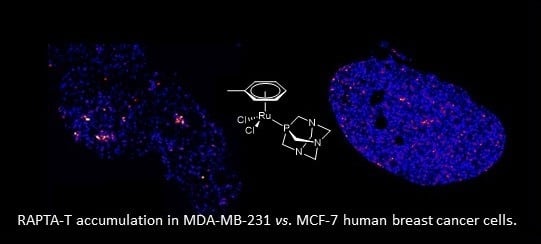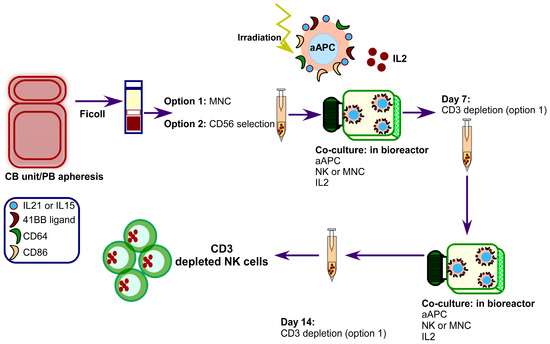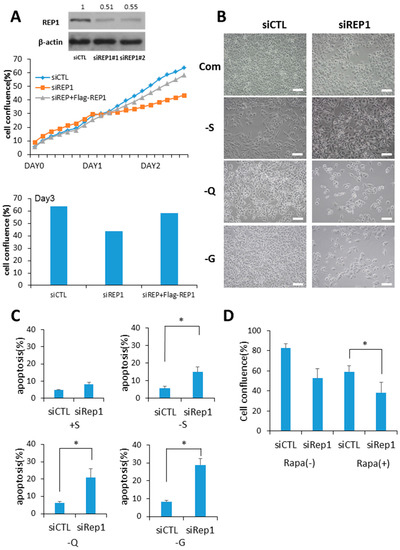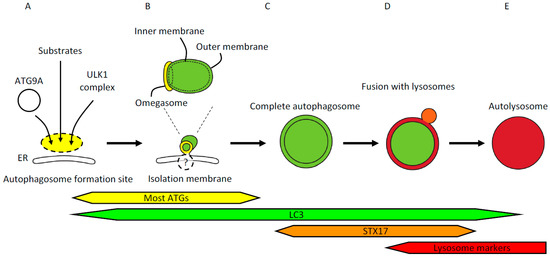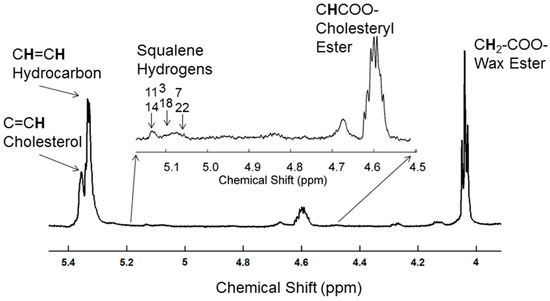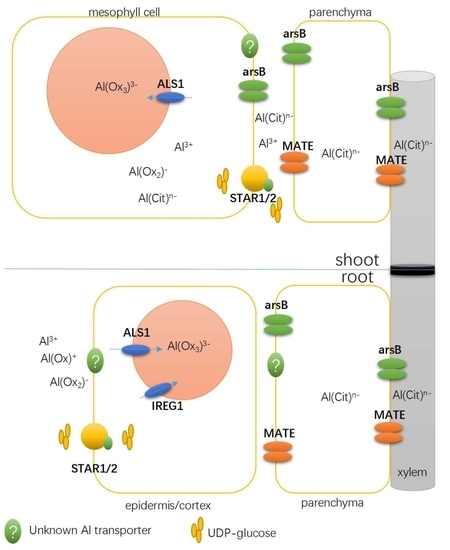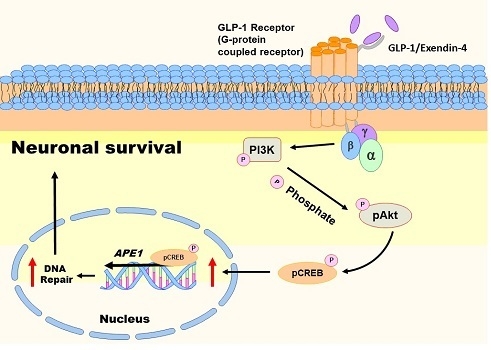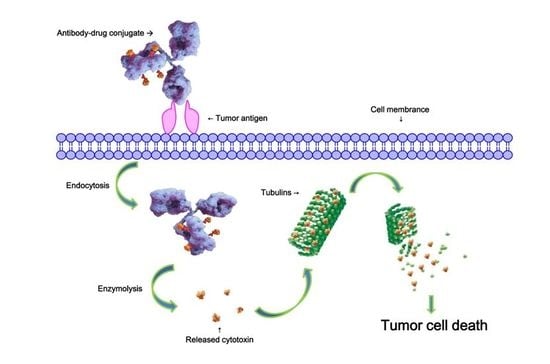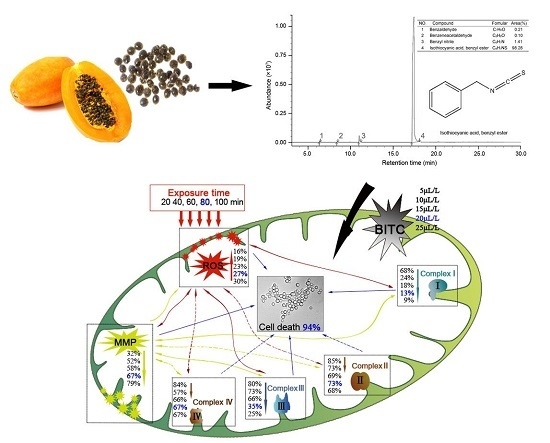Int. J. Mol. Sci. 2017, 18(9), 1872; https://doi.org/10.3390/ijms18091872 - 30 Aug 2017
Cited by 56 | Viewed by 9747
Abstract
Autism spectrum disorder (ASD) is a neurodevelopmental disorder with core symptoms that include poor social communication, restricted interests, and repetitive behaviors. Several ASD mouse models exhibit impaired social interaction, anxiety-like behavior, and elevated perseveration. Large-scale whole exome sequencing studies identified many genes putatively
[...] Read more.
Autism spectrum disorder (ASD) is a neurodevelopmental disorder with core symptoms that include poor social communication, restricted interests, and repetitive behaviors. Several ASD mouse models exhibit impaired social interaction, anxiety-like behavior, and elevated perseveration. Large-scale whole exome sequencing studies identified many genes putatively associated with ASD. Like chromodomain helicase DNA binding protein 8 (CHD8), the most frequently mutated gene in individuals with ASD, the candidate gene AT-rich interaction domain 1B (ARID1B) encodes a chromatin remodeling factor. Arid1b heterozygous knockout (hKO) mice exhibited ASD-like traits related to social behavior, anxiety, and perseveration, in addition to associated features reported in some cases of ASD, such as reduced weight, impaired motor coordination, and hydrocephalus. Hydrocephalus was present in 5 of 91 hKO mice, while it was not observed in wild-type littermates (0 of 188). Genome-wide gene expression patterns in Arid1b hKO mice were similar to those in ASD patients and Chd8-haploinsufficient mice, an ASD model, and to developmental changes in gene expression in fast-spiking cells in the mouse brain. Our results suggest that Arid1b haploinsufficiency causes ASD-like phenotypes in mice.
Full article
(This article belongs to the Special Issue Genome Editing 2018)
►
Show Figures
